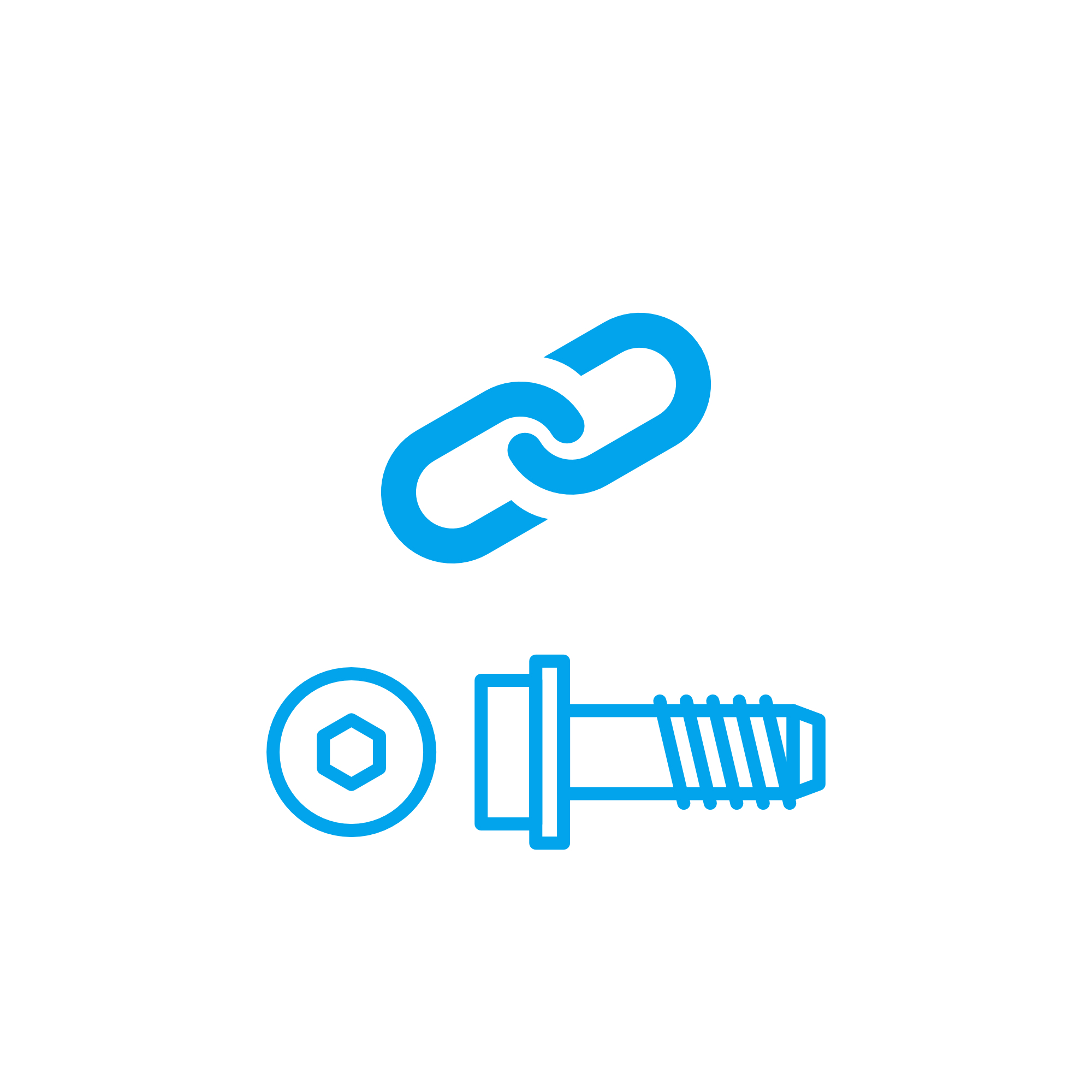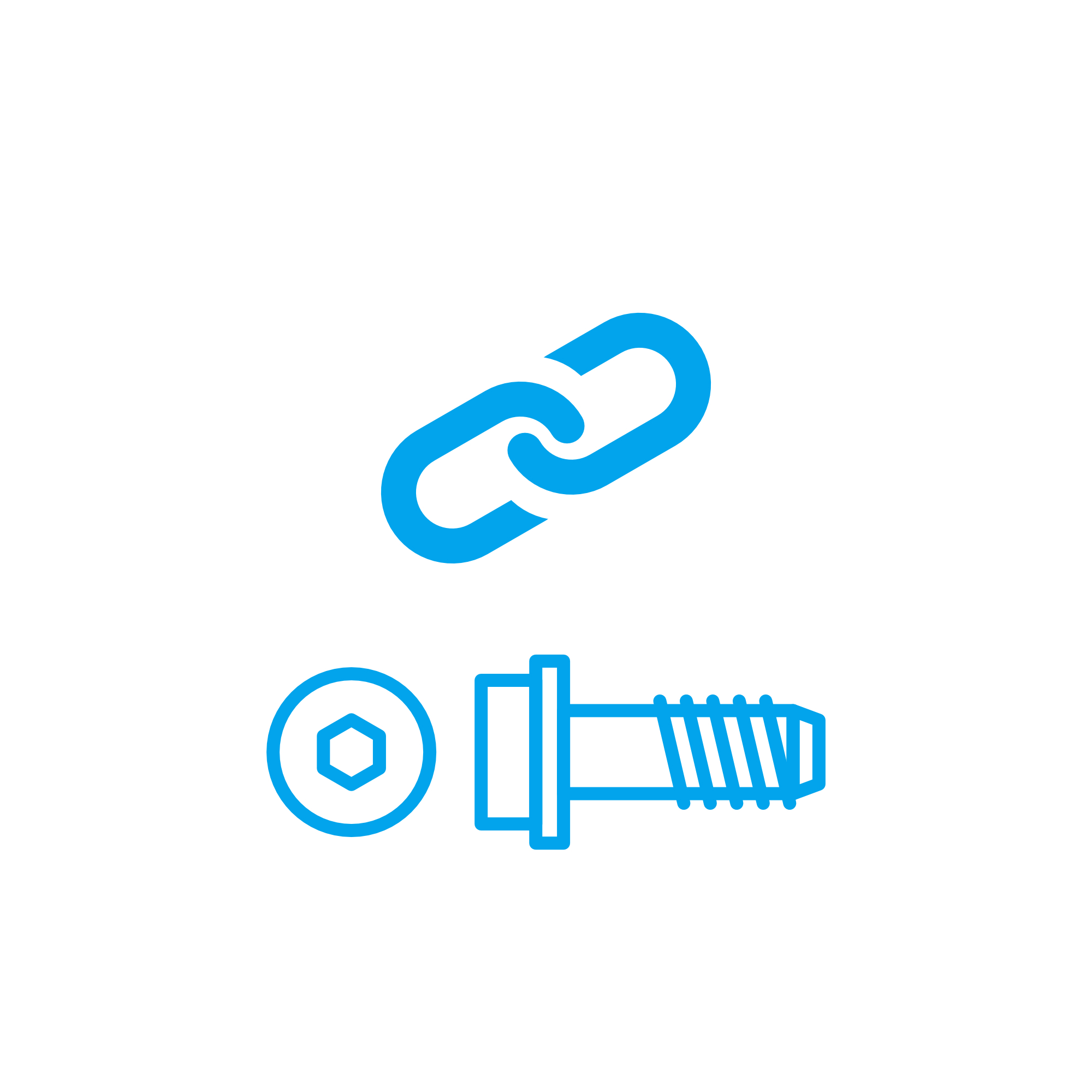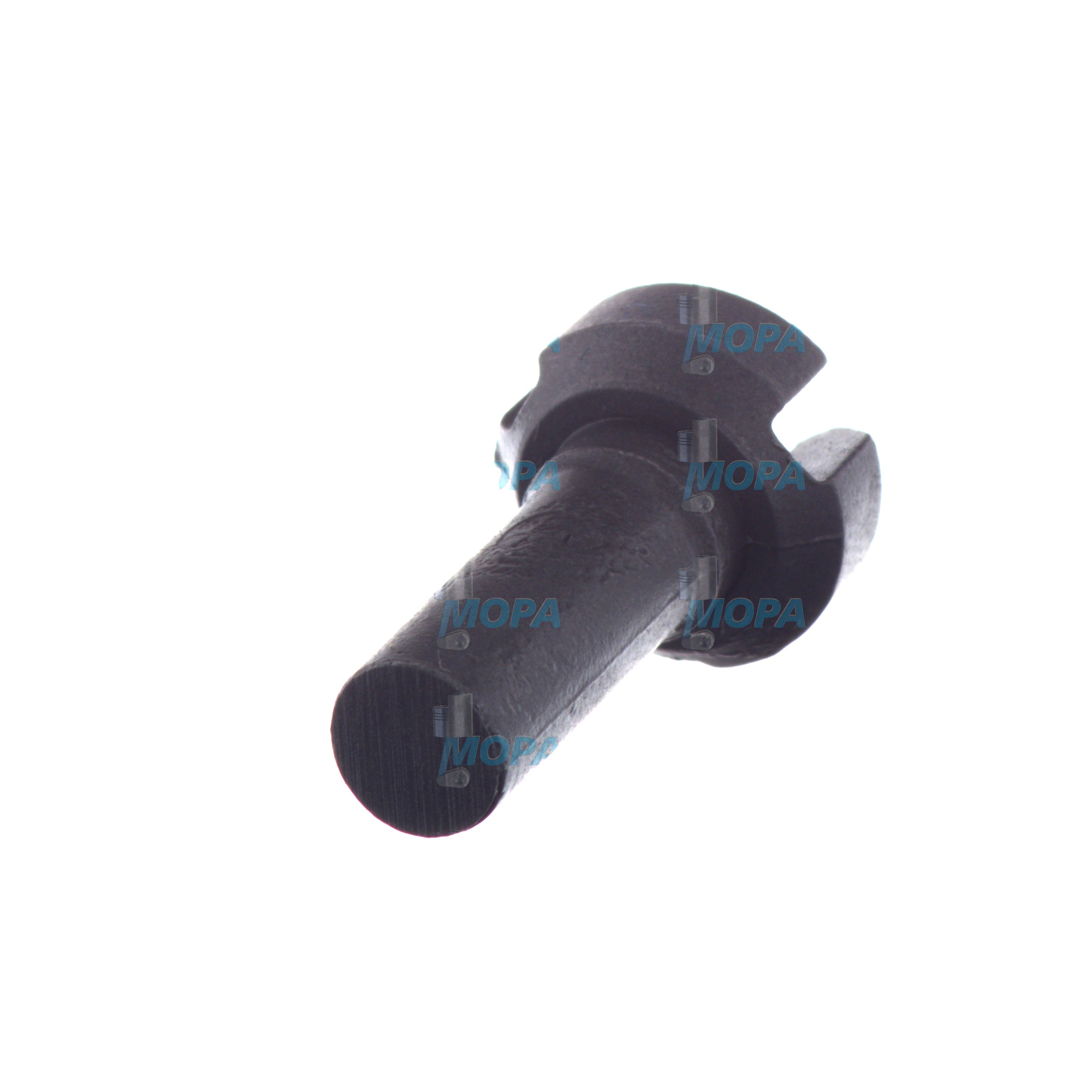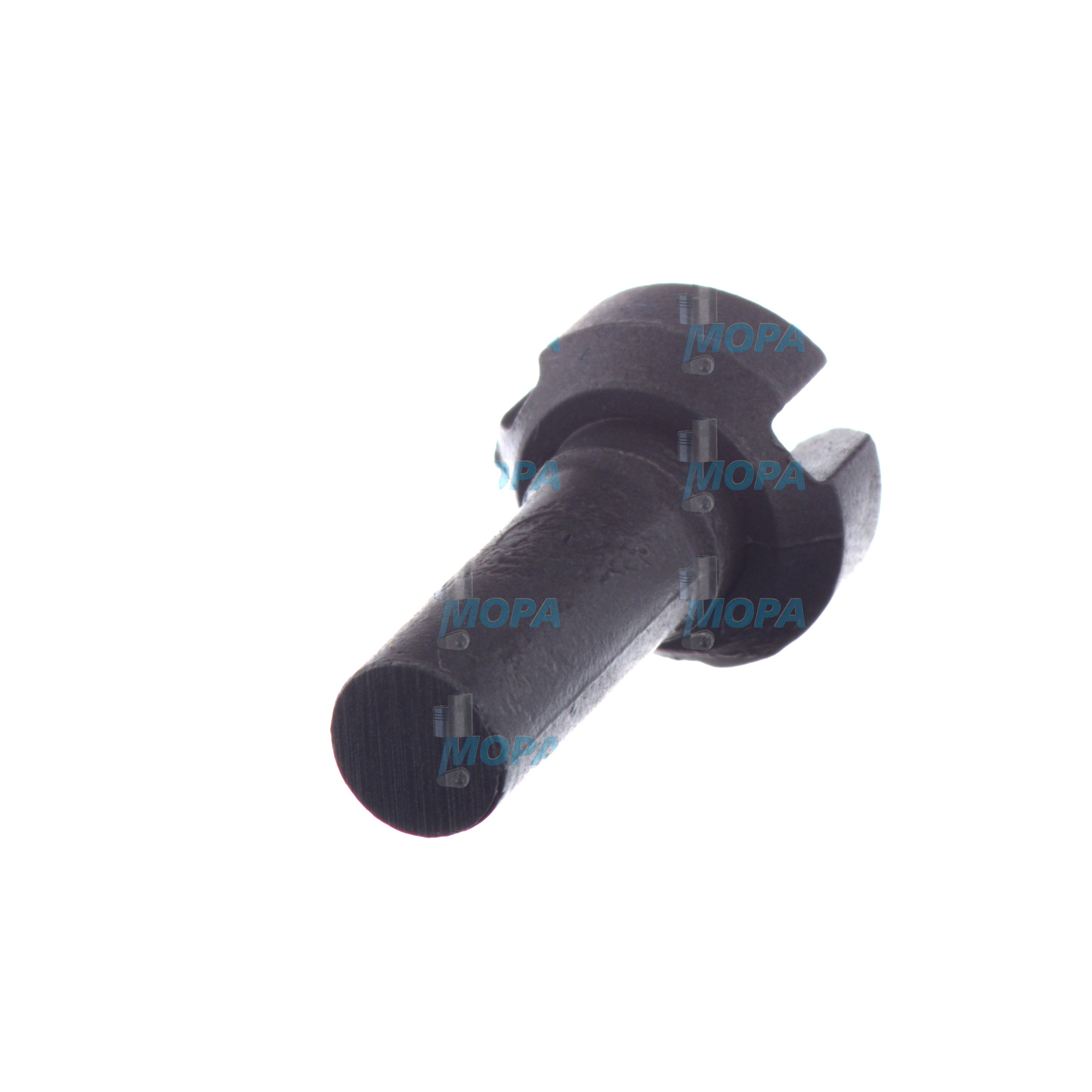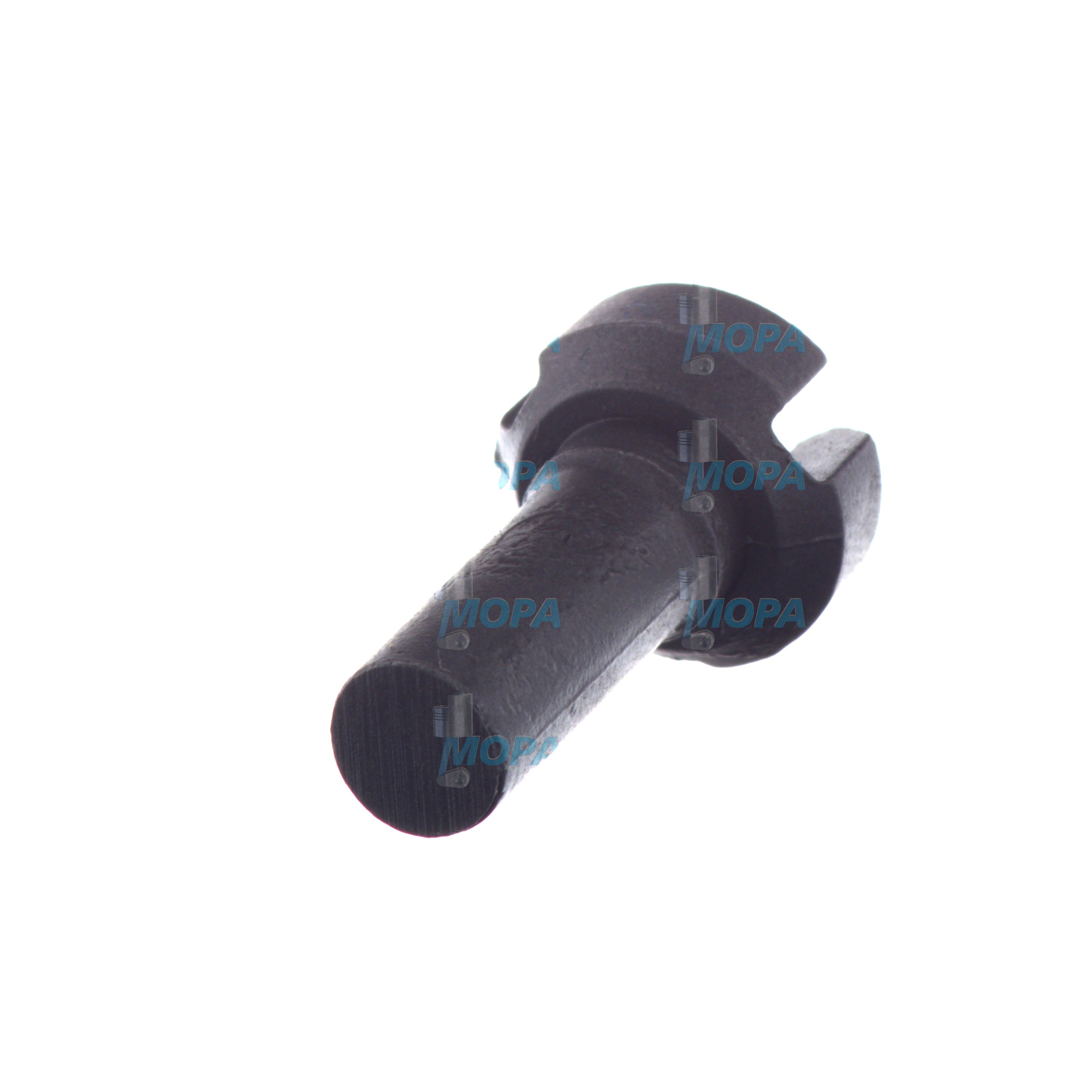PLUG INSERT connecting elements for marine and diesel engines
Connecting elements are the hidden backbone of every engine assembly. They include bolts, studs, nuts, washers, clamps, dowel pins, and electrical interfaces such as PLUG INSERT components inside connectors. In marine engine and diesel engine applications, these parts transform design intent into a secure, sealed, and precisely aligned build. They hold cylinder heads down against extreme combustion pressure, keep housings aligned despite vibration and thermal cycles, and maintain reliable power and signal transfer across the engine’s harnesses.
Because they determine clamping force, sealing integrity, and electrical continuity, connecting elements have a direct impact on performance, efficiency, and operational safety. When specified and installed correctly, they minimize leaks, prevent fretting and fatigue, and ensure stable sensor readings and actuator commands through robust PLUG INSERT geometry and contact systems.
Technical function of connecting elements and PLUG INSERT in marine engine and diesel engine systems
Mechanical connecting elements convert applied torque or angle into a defined preload that keeps joint members compressed. Head bolts and studs secure the cylinder head to the block, delivering uniform gasket loading for consistent combustion and coolant/oil sealing. Main bearing cap bolts lock the crankshaft’s running geometry, while ancillary fasteners stabilize turbochargers, manifolds, pumps, and brackets. Dowel pins provide shear location so the fasteners primarily carry tensile load. Proper surface treatments—such as phosphate with oil, zinc flake, or dry-film lubricants—control friction scatter to achieve predictable torque–tension correlation. Where required, locking strategies (prevailing-torque nuts, mechanical locking plates, thread patches, or wire locking) enhance joint durability under vibration.
On the electrical side, the PLUG INSERT organizes and protects contacts in harsh environments. A PLUG INSERT for a diesel engine harness positions crimped terminals, maintains low contact resistance under vibration, and seals against water and oil ingress via molded grommets and O-rings. In a marine engine, the PLUG INSERT often integrates high-temperature polymers and elastomers, strain relief for cables, and shielding/grounding paths to suppress EMI near ignition systems or power electronics. In OEM parts catalogs, PLUG INSERT variants are dimensioned to mate precisely with sensors (e.g., pressure, temperature), actuators (e.g., injectors), ECUs, and junction boxes, ensuring retention strength, pin alignment, and serviceability.
- · High-strength fastener grades for controlled preload and fatigue resistance.
- · Surface coatings that stabilize friction and mitigate corrosion.
- · Dowel-based alignment to reduce shear on bolts and prevent fretting.
- · Defined torque/angle procedures for repeatable clamp load.
- · Sealing features for fluids and gases in head, manifold, and cover joints.
- · PLUG INSERT designs with secure terminal retention and low contact resistance.
- · Environmental sealing (e.g., IP-rated concepts) for marine exposure.
- · Vibration- and heat-resistant materials suitable for diesel and gas engines.
- · Locking features that prevent loosening under cyclic loads.
- · Clear identification and traceability to support fleet maintenance.
Why connecting elements are critical for reliability and service life
Engine reliability hinges on consistent joint performance and uninterrupted electrical connectivity. Insufficient preload leads to joint separation, gasket leakage, or fretting wear; excessive preload can cause thread stripping or bolt necking. Fatigue cracking from fluctuating tensile stress can propagate into sudden fastener failure. In corrosive marine atmospheres, inadequate coatings or incompatible materials accelerate rust or galvanic attack, undermining clamp load over time. For electrical connectors, worn or damaged PLUG INSERT features allow micro-movement that increases contact resistance and heat, potentially causing intermittent sensor signals, injector misfires, or ECU faults.
Typical downstream effects include efficiency loss from air, exhaust, or coolant leaks; increased emissions; bearing misalignment; and unplanned downtime. Preventive measures include following the prescribed torque/angle sequences, replacing torque-to-yield bolts at overhaul, using new sealing washers where specified, and inspecting connector PLUG INSERT housings and seals for deformation, oil saturation, or broken latches. Choosing correctly specified replacements is essential to restore the designed joint and connector performance envelope.
Advantages of OEM spare parts suitable for connecting elements
OEM spare parts suitable for connecting elements preserve the engineering intent of the original design without compromise. Materials, heat treatment, thread geometry, coating thickness, and lubrication are controlled to deliver the targeted torque–tension curve, clamp load retention, and corrosion resistance. That precision translates into predictable sealing, stable alignment, and extended fatigue life of highly loaded joints such as cylinder heads, main bearings, and connecting rod assemblies.
For the electrical side, using an OEM spare parts PLUG INSERT ensures the correct resin blend, terminal cavity size, contact plating compatibility, and sealing profile. The result is reliable mating force, contact normal force, and ingress protection in the exact envelope the diesel engine and marine engine harnesses were validated against. Standardization across fleets simplifies maintenance planning, reduces troubleshooting time, and lowers the total cost of ownership by preventing repeat repairs and collateral damage.
Additional benefits include consistent quality documentation, lot traceability, and packaging that preserves coatings and pre-applied patches. In short, OEM spare parts suitable for connecting elements support performance, reliability, budget control, and service life across the entire powertrain.
MOPA: fast, high‑quality, and secure supply of OEM parts and PLUG INSERT solutions
MOPA is an experienced and reliable partner for OEM spare parts suitable for connecting elements. We source and deliver OEM parts and PLUG INSERT configurations for diesel and gas engines with a strong focus on speed, quality, and security in the trade. Our team supports purchasers and shipowners with technical clarification, equivalent part mapping within OEM ecosystems, and documentation that streamlines import/export and on-board compliance.
With responsive logistics and careful handling of sensitive coated fasteners and sealed connector components, MOPA helps you minimize downtime and maintain fleet availability. Whether you need head stud kits, flange bolts, dowels, or a specific PLUG INSERT for a marine engine harness, we coordinate rapid dispatch and dependable delivery to your dock, yard, or warehouse.
Conclusion: connecting elements and PLUG INSERT OEM parts for dependable engines
Connecting elements—mechanical fasteners and the PLUG INSERT systems in engine connectors—are fundamental to safe, efficient engine operation. Specified correctly and maintained with OEM spare parts suitable for connecting elements, they preserve clamp load, sealing, and electrical integrity over long service intervals.
MOPA supports your objectives with fast, secure access to OEM parts and PLUG INSERT configurations for diesel and gas engines, helping you protect performance, uptime, and lifecycle costs across your fleet.



